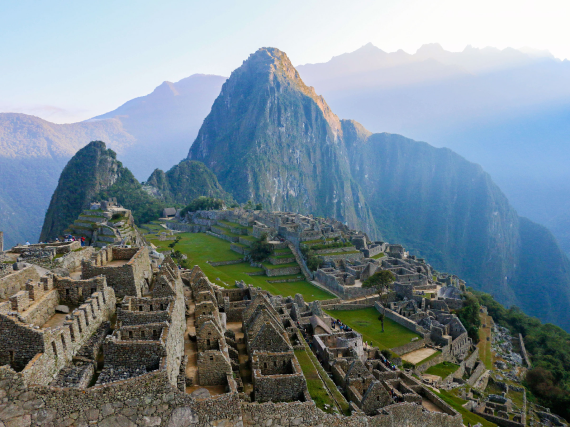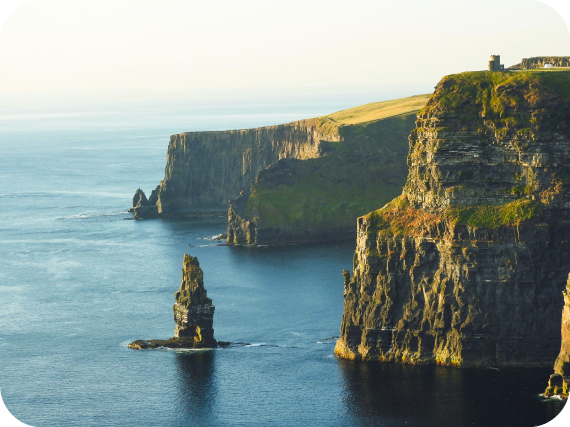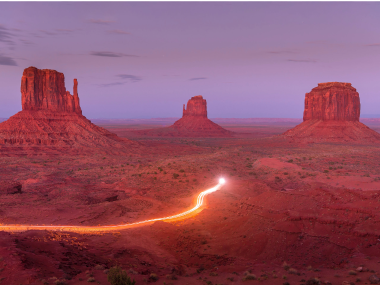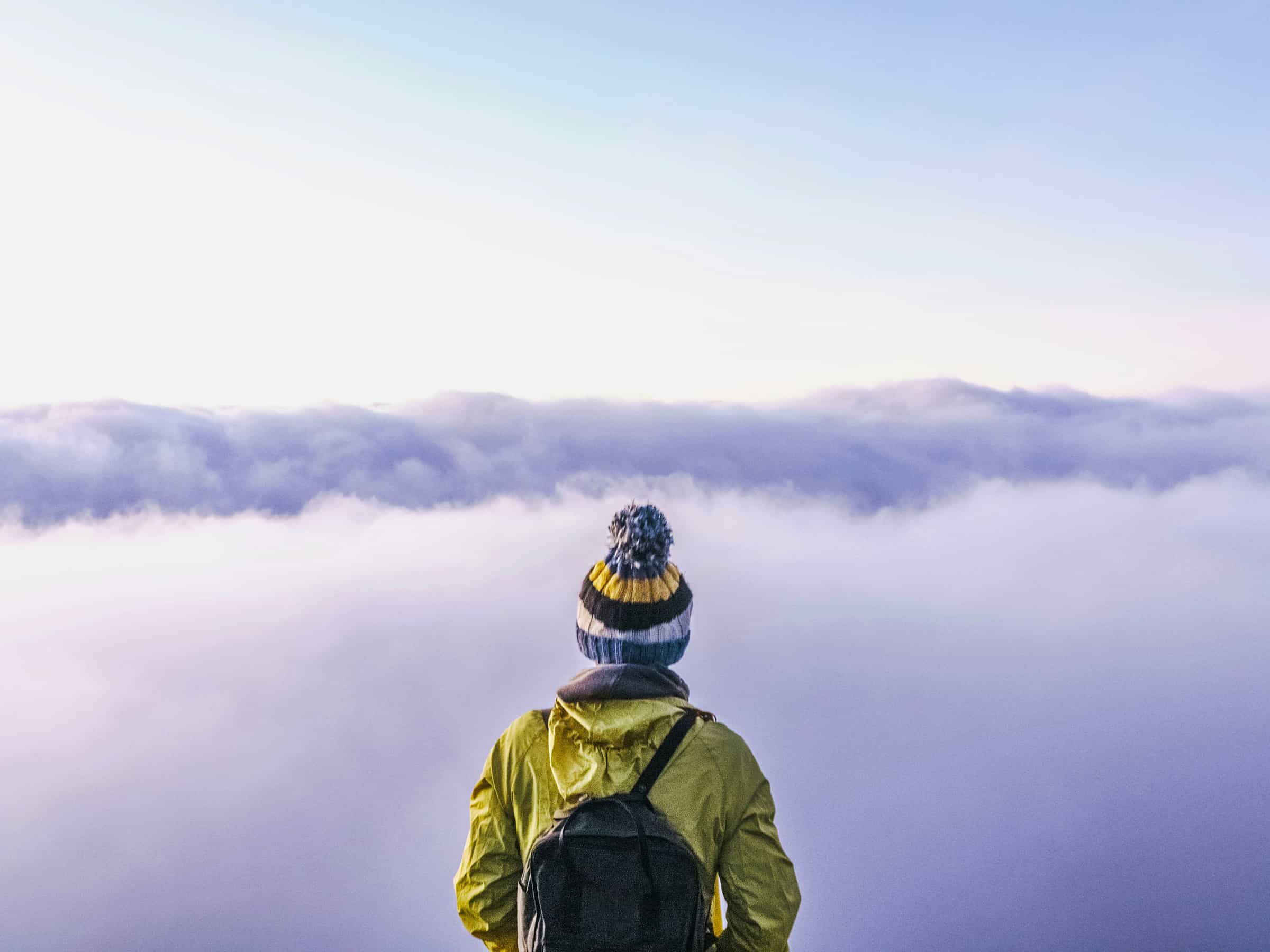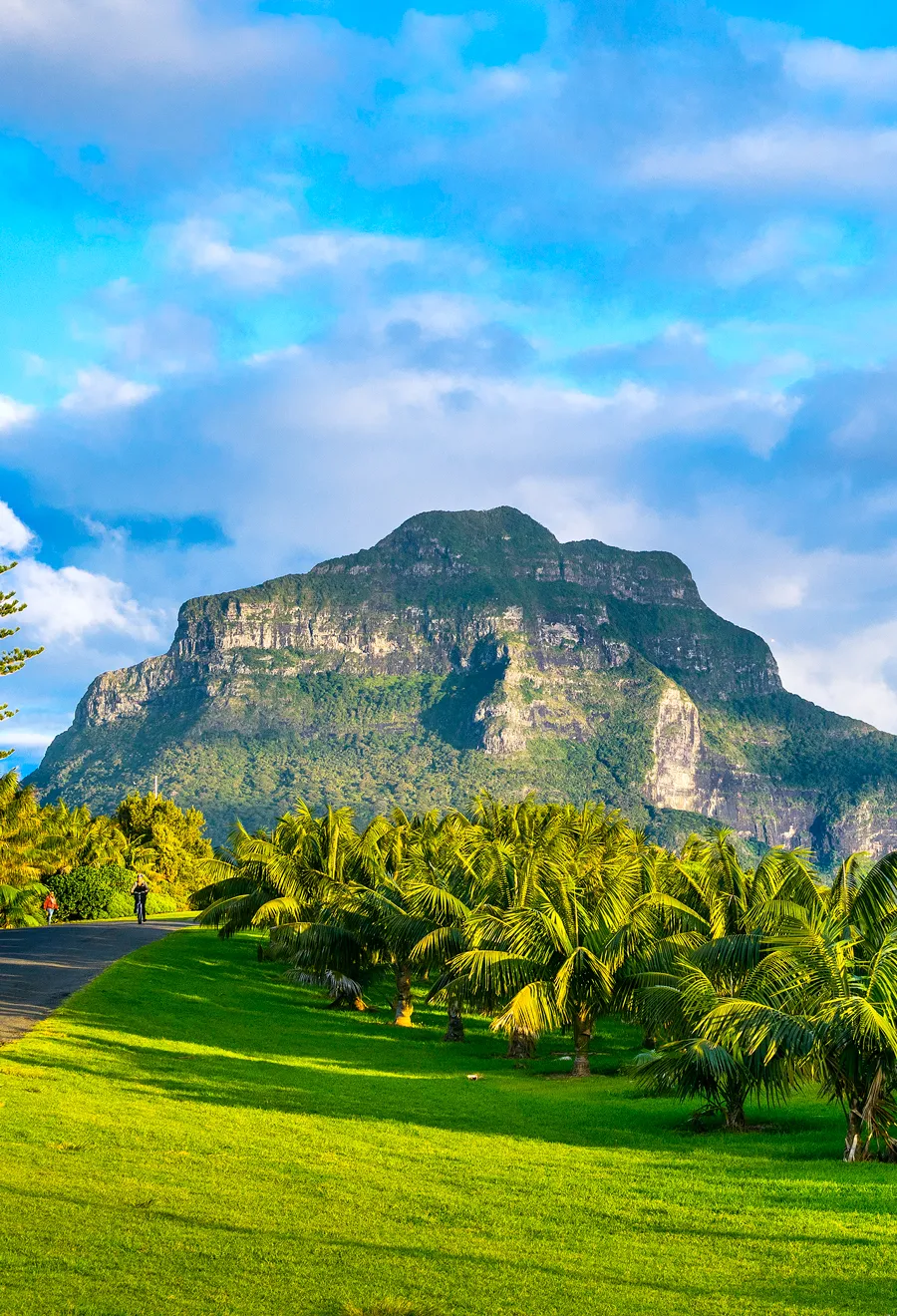In a world where overtourism is a growing issue, it’s refreshing to find destinations that are making strides when it comes to sustainable travel. By capping visitor numbers or charging a tourist fee, these places aim to preserve their natural environments, cultural heritage, and local communities. From the spiritual temples of Bhutan to the breathtaking wilderness of Antarctica, here are five incredible destinations that limit tourism to protect what makes them so special in the first place.
Bhutan
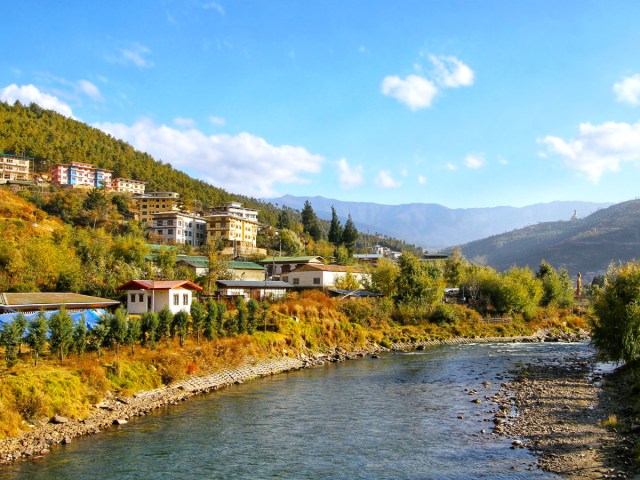
In 2004, the Royal Government of Bhutan implemented a Sustainability Development Fee (SDF) as part of a broader commitment to high-value, low-volume tourism. The fee is currently capped at $100 USD per adult per night and $50 per night for children ages 6 to 12 (until 2027). This is a 50% discount from its peak price, which reached $200 per night for adults in 2022. Though the fee has been criticized for its cost and for limiting Bhutan’s tourism industry, it is still in place.
While Bhutan doesn’t impose a strict cap on visitor numbers, it limits tourism through the enforcement of the SDF, making it one of the world’s most expensive countries to visit. In 2024, Bhutan welcomed just over 145,000 tourists. Compared to its neighbors India (19 million visitors) and China (32 million), this land of enchanting Buddhist monasteries and high Himalayan landscapes remains far off the beaten tourist track — and that’s by design.
Glacier National Park – Montana
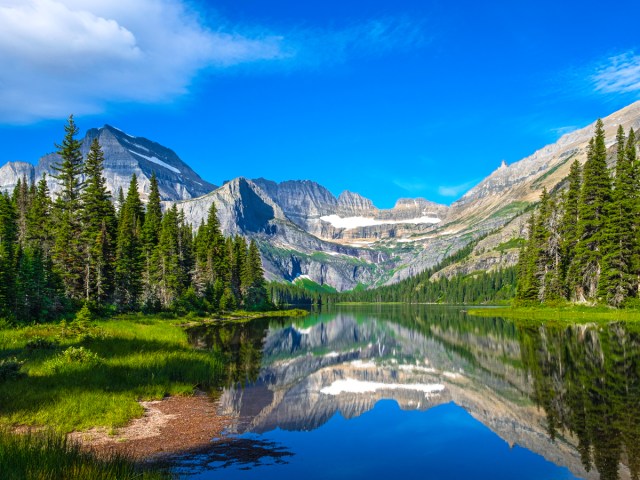
Bordering Canada in the northwest corner of Montana, Glacier National Park is known for its stunning valleys, dramatic landscapes, and roughly two dozen named glaciers. That number is reduced from the nearly 80 that existed around 1850, so preservation is a top priority here — and visitor numbers are carefully managed, especially during peak season.
One of the park’s highlights, Going-to-the-Sun Road, is a 50-mile scenic drive offering stunning views of mountains, valleys, and glaciers. To prevent overcrowding, timed vehicle reservations are required from June 13 to September 28, between 7 a.m. and 3 p.m. on the west side of the road and in the North Fork area, a remote corner of the park without cell service that is a favorite for bird-watching, hiking, and camping.
A limited number of reservations for Going-to-the-Sun Road open up 120 days in advance, with additional passes released the day before. As one of the 10 most-visited national parks in the U.S., Glacier National Park has gone to great lengths to protect its wild, rugged beauty for generations to come.
Antarctica
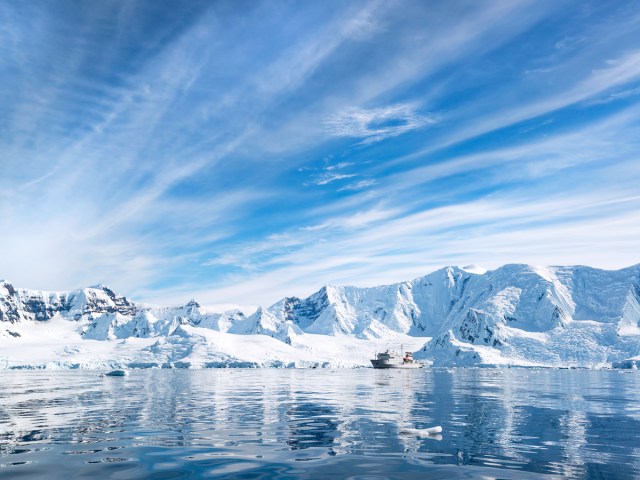
Thanks to the Antarctic Treaty System and International Association of Antarctic Tour Operators (IAATO), Antarctica’s untouched wilderness and unique wildlife are carefully protected. While there’s no cap on total visitors, strict rules limit how many people can go ashore at once — no more than 100 at a time — and control the number and size of visiting ships. Vessels with over 500 passengers aren’t allowed to land at all, while smaller ships must coordinate landings to avoid overlapping with other groups of tourists.
Choosing a ship with fewer than 120 passengers gives you more shore time, though landings are still done in shifts and might include alternative activities, such as zodiac cruises, while another group is ashore. To protect Antarctica’s fragile ecosystem, other site guidelines in place include a ban on smoking, noise restrictions, and careful waste management protocol.
Machu Picchu – Peru
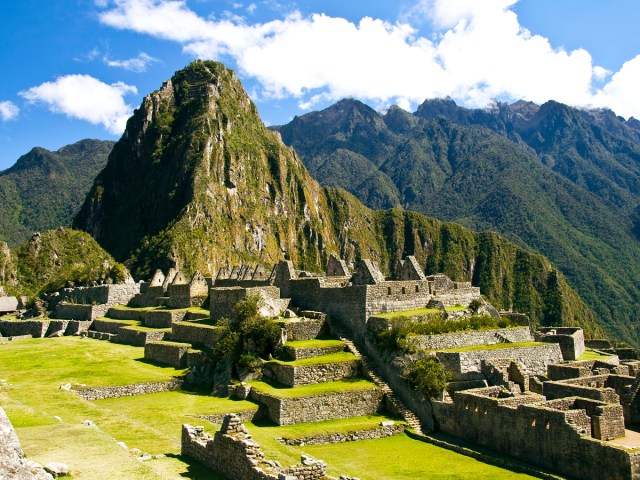
Hiking to the Historic Sanctuary of Machu Picchu is one of the most sought-after experiences on the South American continent. This ancient Inca citadel, perched high in the Andes Mountains, is known for its breathtaking views, intricate stonework, and mysterious history.
Because of its popularity, the site is closely regulated to prevent overcrowding, with daily visitor limits set by the Peruvian government. These limits vary by season — 4,500 visitors per day in the low season (October 16 to May 31) and 5,600 in the high season (June 1 to October 15). When booking, you’ll choose from several routes (including the famous Inca Trail) and specific timed-entry slots. After visiting the summit, each visitor has up to four hours to explore the ancient city before making their descent. These regulations mean meticulous planning is required to ensure you can enjoy your visit to this world-famous UNESCO World Heritage Site.
Lord Howe Island – Australia
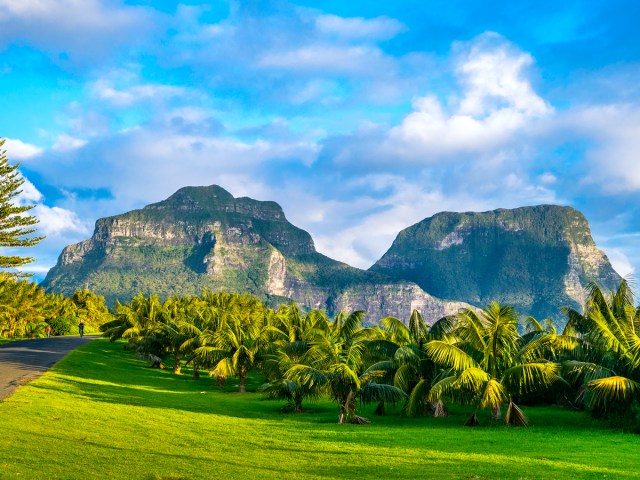
Accessible only by air or private boat, Lord Howe Island is a remote slice of paradise located 435 miles northeast of Sydney in the crystal-clear waters of the South Pacific Ocean. With only 400 visitors allowed at a time and only one daily, two-hour flight from Sydney, Lord Howe Island is a destination that definitely requires some advance planning.
Accommodations, ranging from cozy guesthouses to luxury retreats, are limited, so it’s wise to book your stay and your flight at the same time, so you know you have somewhere to stay on the island. Once you arrive, you’ll find quiet white-sand beaches, pristine coral reefs perfect for diving and snorkeling, lush jungle trails, incredible bird-watching, and curated local tours. For those lucky enough to visit, Lord Howe Island is a hidden gem in New South Wales that’s well worth the effort to reach.
More from our network
Daily Passport is part of Inbox Studio, which publishes content that uplifts, informs, and inspires.

